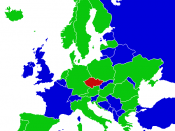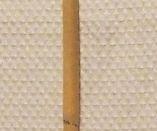CHILDHOOD ABUSE
Corporal punishment: corporal punishment refers to intentional application of physical pain as a method of changing behavior. It includes a wide variety of methods such as hitting, slapping, punching, kicking, pinching, shaking, choking, use of various objects (wooden paddles, belts, sticks, pins, or others), painful body postures, use of electric shock, use of excessive drills, or prevention of urine or stool elimination.
Physical punishment induced by parents is at most considered as a necessary part of raising a child, for benefits of their discipline and welfare. Many parents occasionally lose their patience or, in anger or fear. May spank their child. For instance, if a child runs out into the street, a parent may sweep the child up and, in a moment of anxiety for the child's well being, spank her to emphasize the parent's sense of urgency or worry. Spanking may relieve a parent's frustration for the moment and extinguish the undesirable behavior for a brief time.
But it is the least effective way to disciple, and may have disastrous consequences on the physical and emotional state of the child in the future.
Physical punishment is harmful emotionally to both parent and child. Not only can it result in physical harm, but also it teaches children that violence is an acceptable way to discipline or express anger. While it may stop the unfavorable behavior temporarily, it does not teach alternative behavior. It also interferes with the development of trust, a sense of security, sanctuary, and effectual communication; spanking often becomes the method of communication. It also causes emotional pain, conflicts and resentment.
REASONS WHY PHYSICAL PUNISHMENT SHOULD NOT BE INDUCED:
Hitting children teaches themselves to become hitters themselves. A direct link has been discovered between corporal punishment and aggressively violent behavior in the teenage and adult years.


